Beyond Tax Rationale – Why Giving Spikes In December
The tax lawyer part of me sees the end of year through the lens of “deductibility.” But the rest of me knows there is more to that to the choice to be philanthropic at year end.
Statistically, about 30% of annual charitable giving in the United States happens in December, with 10% occurring in the last three days of the year. And with changes to the way people give, it is important to note that nonprofits raise 17–34% of their online revenue in December. This makes December a crucial month for many nonprofits, as it can often determine whether or not they meet their annual fundraising goals.
But why December…beyond “taxes?”
Year-end giving holds a unique place in philanthropy, driven by emotional, cultural, and psychological factors that go beyond the incentive of tax benefits. Late December is a time marked by reflection, celebration, and a heightened awareness of community needs, creating a powerful motivation for charitable contributions.
The end of the year naturally prompts introspection. People often look back on their achievements, challenges, and blessings, cultivating a sense of gratitude. This reflective mindset leads many to consider how they can make a meaningful impact, especially as they prepare to enter a new year. Charitable giving becomes a way to express appreciation, align actions with values, and create positive momentum for the future.
Cultural and religious traditions also play a role in fostering generosity during this period. Celebrations such as Christmas, Hanukkah, and Kwanzaa emphasize themes of giving, compassion, and community. These shared values inspire individuals to help those in need, reinforcing the idea of contributing to something larger than oneself. Additionally, holiday gatherings often deepen social connections and reinforce the importance of supporting others.
Psychologically, the end of the calendar year creates a sense of urgency. People feel compelled to "finish strong," completing their goals, including philanthropic commitments. This mindset is amplified by nonprofits’ strategic efforts, such as year-end appeals, storytelling, and matching campaigns, which effectively highlight the immediate impact of donations.
Moreover, the holiday season heightens awareness of disparities. Messages of abundance and joy can underscore the struggles faced by others, motivating people to give as an act of empathy and solidarity.
If you are thinking about that year end gift, hold onto the emotional side of the reason to be generous. Take the tax deduction (if I didn’t say that a few of my professors might want my law degree back). But ultimately, year-end giving is not just about taxes—it’s about leveraging a season of gratitude, hope, and connection to contribute to causes that align with personal values and the collective good. It’s a time when generosity resonates most deeply.


